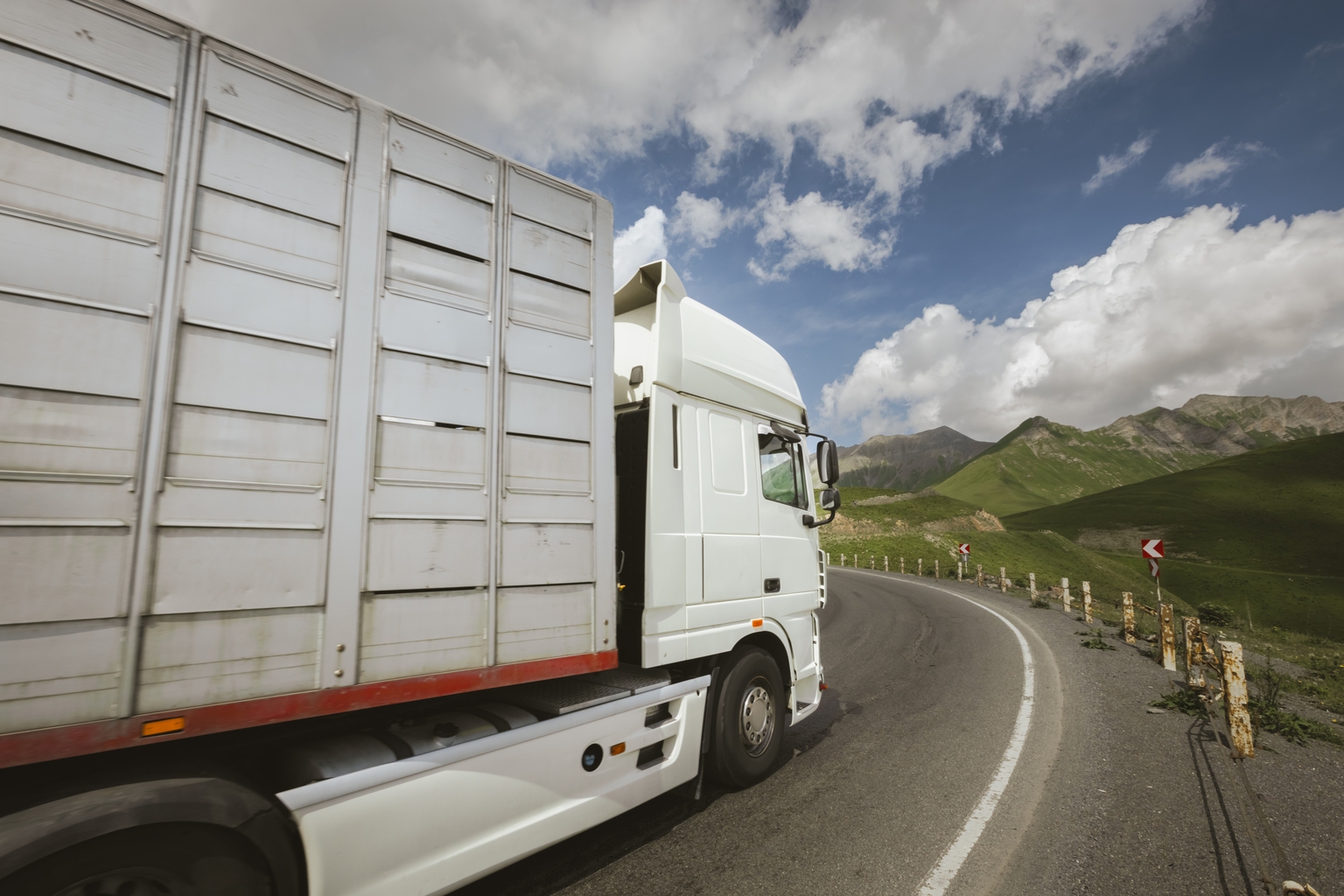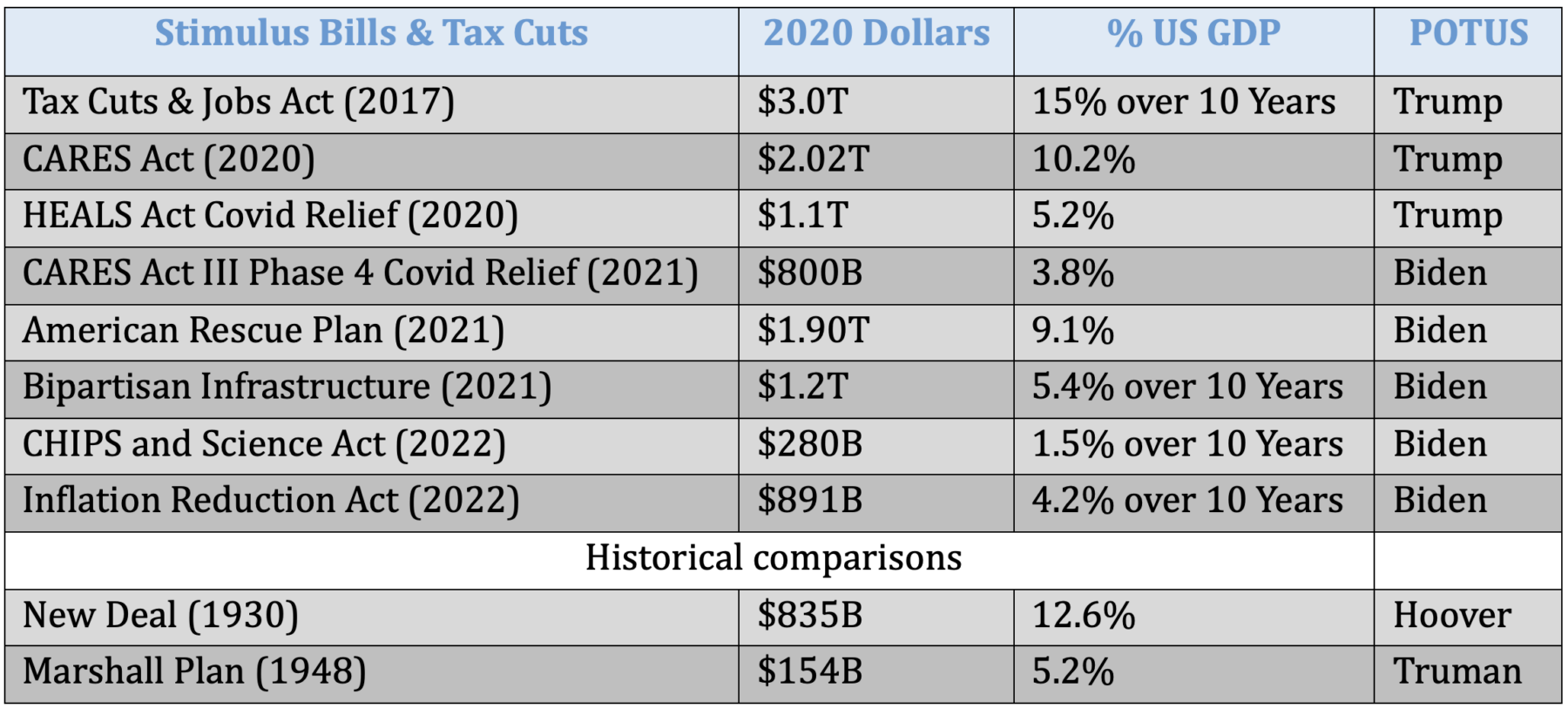Pakistan is going through its 1991 moment right now. The foreign exchange reserves of Pakistan’s central bank have dwindled to an eight-year low of over $5.5 billion, enough to pay for just three weeks of imports, which is weakening the currency against the dollar, making foreign debt repayments and imports costlier.
To avert balance of payments crisis and loss of confidence, and to avoid defaults on repayment of foreign debt, Islamabad is trying to borrow more from friendly countries, and must quickly restart talks with the IMF for the release of assistance on the Extended Fund Facility (EFF) established in 2019.
But Pakistan is not India. The peculiar conditions in that country rule out the possibility of it doing anything remotely close to what India demonstrated in 1991.
The IMF and Pakistan signed a $6 billion bailout in 2019 that was topped up with another $1 billion recently. To comply with the terms of that loan, the policy actions required to keep the IMF programme alive have proved difficult to do. Downgrading outlook for the economy, sovereign rating agencies have warned about Pakistan’s ability to complete its IMF programme.
IMF wants Pakistan to take fiscal measures to meet budgetary targets, introduce reforms in power and energy sectors and review subsidies to farming and export sectors, steps needed not just for access to bailouts and temporary relief, but also for medium- to long-term economic stability and revival, and poverty reduction.
These economic reforms will remain elusive. There’s no political appetite for corrections, absolutely essential for stable economic recovery, given the absolute policy capture by the classes of elites, the landed, the military, the bureaucracy and the politicians, who will continue to work only to secure their own benefits.
The absence of land reforms of the sort that took place in India post-Independence has meant that the society is excessively feudal. Pakistan’s masses are largely poor, illiterate, gullible and submit to the feudal ways totally. Chances of the elites’ strong control over the status quo getting challenged are remote. Besides, the might of the state comes down heavily on anyone trying to challenge its authority.
And yet, Pakistan won’t go bankrupt. One, because the world cannot afford to let a nuclear country such as Pakistan go bankrupt and fall into disorder. Pakistan’s economic fragility can have serious geopolitical repercussions and destabilise the region. Global resources will, therefore, be deployed to stave off a collapse of Pakistan’s economy.
And also because of the humanitarian crises caused by the pandemic and the floods.
And two, because this isn’t the case of a failed state. On the contrary, the state is very strong in Pakistan. It will manage to line up assistance and secure lines of credit just enough to avoid economic collapse.
Both of these were demonstrated this week, as Islamabad secured pledges adding up to over $9 billion from international donors towards its recovery from the devastating floods in July-August 2022 that affected 33 million people, nearly half of which were children, at the International Conference on Climate Resilient Pakistan, jointly hosted by Pakistani prime minister Shehbaz Sharif and UN secretary general António Guterres.
Multilateral agencies have helped prepare a Resilient Recovery, Rehabilitation and Reconstruction Framework that requires $16.3 billion. The economic damage was assessed to exceed $30 billion, which Pakistan, already struggling with financial and economic crises with extremely high inflation, cannot afford.
Earlier, in June 2022, a consortium of state banks in China, Pakistan’s close military and economic ally, lent it $2.3bn to avoid a foreign payments default and help it keep the IMF programme alive (as Mint SnapView earlier wrote).
The risk of default is serious. International lenders are reluctant to help, as is sugar daddy US, but for how long is difficult to say, given the dependence on Pakistan for managing the situation in Afghanistan. The UAE has already agreed to lend Islamabad $1 billion and roll over an existing $2 billion loan. Help will also come from Saudi Arabia where Pakistan’s armed forces help protect the holy mosque in Mecca. Assistance can also be expected from China, which can count on only one ally in the world, Pakistan.
Ultimately what Pakistan desperately needs is reforms. Its committed and untouchable expenditures on the military and debt servicing leave little fiscal room in the budget for development spending.
Yes, the world is facing accelerated climate crisis. But Pakistan’s climate disaster is in many ways also of its own making. The elite have been plundering its fragile ecosystems, building hotels and resorts there.
The mainstay of its industry, textiles, needs modernisation to beat competition from Bangladesh and Vietnam. There isn’t a skilled workforce to power an IT sector. The irrigation systems and road networks are an advantage, and the agriculture sector is productive but economic power in today’s world comes from manufacturing prowess and cutting-edge services.
The country is heavily dependent on imports. It doesn’t even produce paracetamol.
The assurances finance minister Ishaq Dar gave to IMF officials on the sidelines of the Geneva conference about Islamabad working on the reforms the IMF is insisting on ought to be taken with a pinch of salt.
Pakistan will plod along, lurching from crisis to crisis, but managing to stay afloat. There will never be a meltdown of the sort Sri Lanka is seeing. There will be no protests or storming of the presidential palace by the masses. Nor will it repair and reform in the footsteps of Bangladesh.
Download The Mint News App to get Daily Market Updates.
More
Less
















